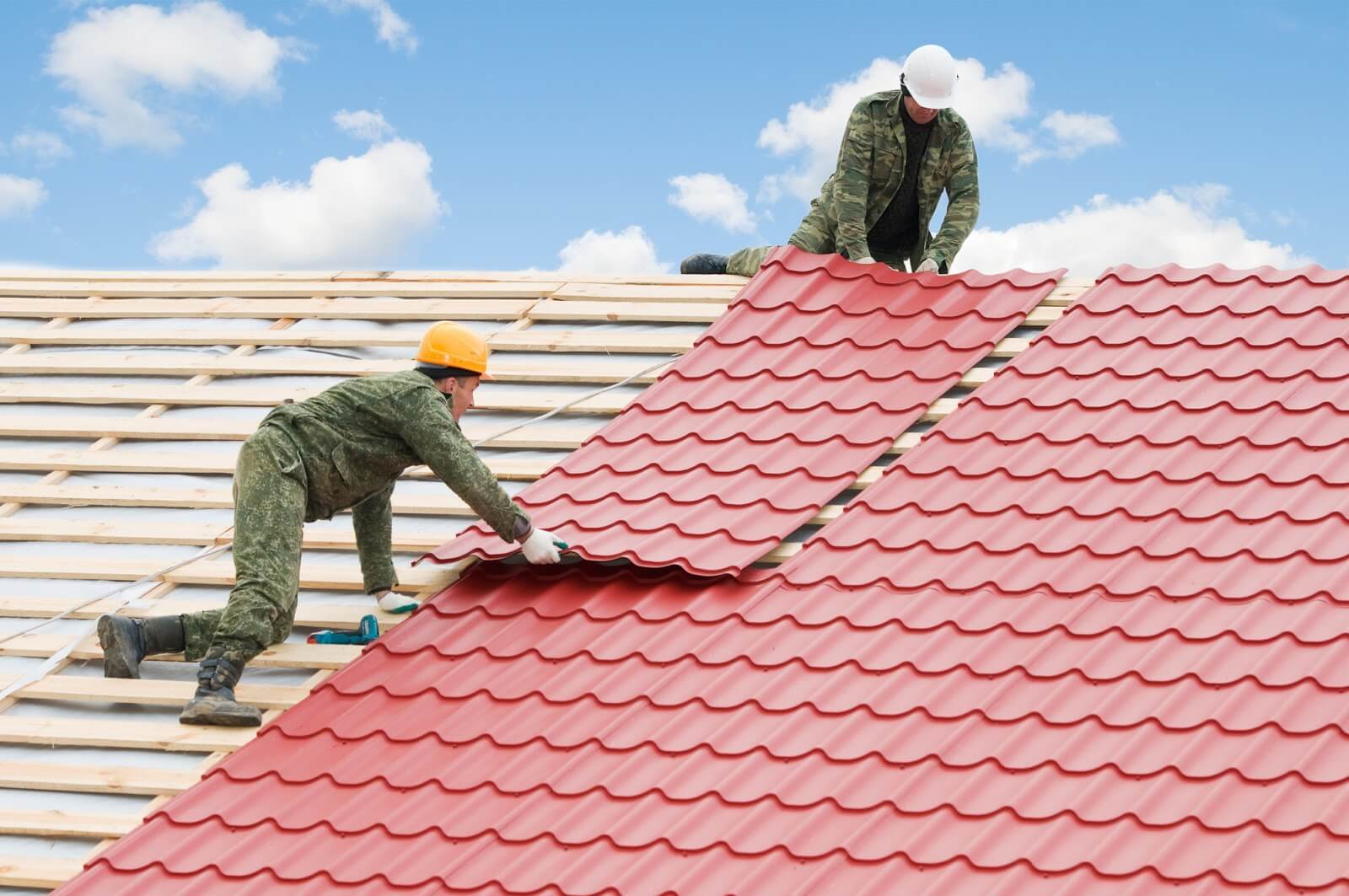
Your roof is one of the most important aspects of your home’s structure, protecting you from the elements and providing insulation for comfort. However, over time, wear and tear can lead to damage, which, if left untreated, could result in costly repairs or even complete roof replacement. As a homeowner, it’s essential to be proactive about identifying roof damage before it worsens. Below is a comprehensive checklist of signs to look out for when assessing the condition of your roof. Has your roof been damaged by a storm? Don’t wait—click below for expert Roof storm damage repair and get your home protected today!
- Leaking or Water Stains in Your Ceiling
One of the most obvious signs of roof damage is water leakage. If you notice water stains on your ceiling or walls, it’s a red flag that water is infiltrating your home through a damaged roof. Leaks can occur around chimneys, skylights, and vents, or in areas where shingles have been compromised. If left untreated, leaks can cause serious structural issues and mold growth, making it crucial to address the issue promptly.
- Missing, Damaged, or Curling Shingles
Shingles play a key role in protecting your roof from the elements. If you notice shingles that are missing, cracked, curled, or warped, this is a sign of damage that should not be ignored. These issues can leave your roof vulnerable to further deterioration, allowing water to penetrate. A professional roofing contractor can help assess the extent of the damage and determine if a repair or replacement is needed.
- Granules in Your Gutter
Roof shingles, particularly asphalt ones, are coated with small granules that protect the roof from the sun’s harmful UV rays and provide water resistance. Over time, these granules can begin to wash off, especially if the shingles are aging or damaged. If you notice an unusual amount of granules in your gutters, it’s a clear indication that your shingles may be deteriorating, and you may need roof repair or replacement soon.
- Cracked or Broken Flashing
Flashing is the metal strip installed around chimneys, skylights, and vents to direct water away from these vulnerable areas. If flashing is cracked, corroded, or damaged, water can seep underneath the roofing material, leading to leaks. Pay close attention to these areas, particularly during heavy rainfall or storms, as damaged flashing can often go unnoticed until significant damage occurs.
- Sagging Roof Deck
A sagging roof deck is a serious sign of potential structural damage. This could be due to water infiltration, excessive weight (from snow or debris accumulation), or underlying rot caused by prolonged exposure to moisture. If you notice any dips, sways, or uneven areas in your roof, it’s crucial to consult a roofing professional immediately to prevent further damage and ensure the structural integrity of your home.
- Moss and Algae Growth
Moss and algae thrive in moist environments, and their growth on a roof can indicate that there is excess moisture trapped beneath the surface. While moss may appear harmless, it can hold moisture against the shingles, leading to rot over time. Algae growth, which typically appears as dark streaks, can also affect your roof’s appearance and indicate areas where water may be accumulating. Regular cleaning and maintenance can help prevent these issues from becoming major problems.
- High Energy Bills
A damaged or inefficient roof can result in increased energy consumption. If you notice a significant rise in your heating or cooling costs, your roof may not be providing adequate insulation. Gaps, leaks, or deteriorated materials can allow air to escape, forcing your HVAC system to work harder. Having your roof inspected for potential damage could help improve energy efficiency and reduce your utility bills.
- Old Age of Roof
Even if you’re not noticing any specific damage, the age of your roof can be a crucial factor in determining whether it needs repair or replacement. Most roofs have a lifespan of 15 to 25 years, depending on the materials used. If your roof is nearing the end of its expected lifespan, it’s a good idea to schedule an inspection to assess its condition. Replacing an old roof before it fails can save you money in the long run and prevent major headaches.
- Excessive Debris on the Roof
After a storm, it’s common to find debris such as leaves, branches, or even pieces of shingles on your roof. While small amounts of debris may not pose an immediate threat, large accumulations can trap moisture and cause damage to your roofing material. It’s essential to keep your roof clear of debris and have it inspected regularly to ensure that no hidden damage is lurking beneath the surface.
- Presence of Roof Pests
Insects, birds, and rodents can cause significant damage to your roof. Squirrels and raccoons may chew through shingles or create holes, while termites and carpenter ants can weaken the structural integrity of your roof. If you notice evidence of pest infestation, it’s important to address the issue promptly to prevent further damage and potential health risks.
